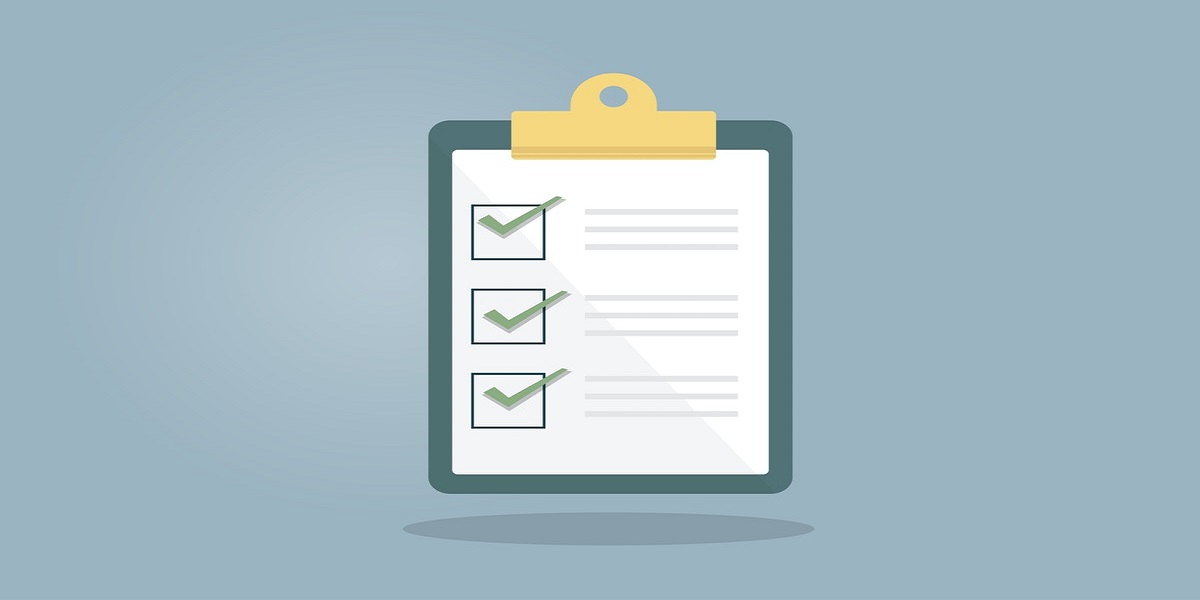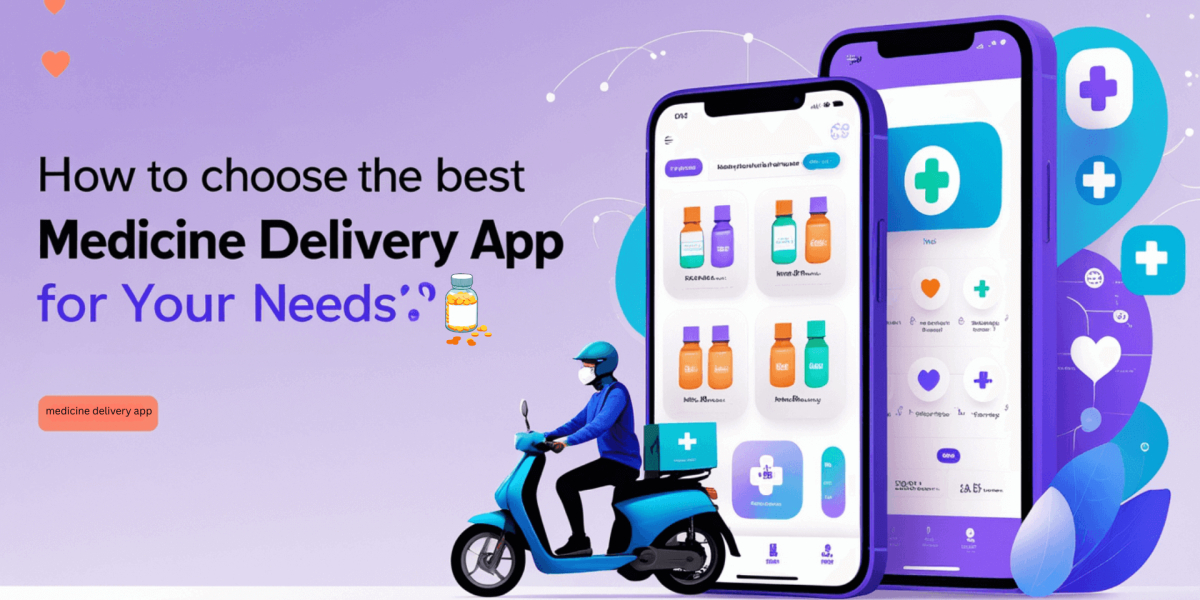9 Features to Look for in a Task Management Tool
- By Lauren Wiseman
- 11-09-2020
- Misc

With the rising number of task management tools, finding the right one can be challenging. The criteria for choosing a perfect tool depends on the size of your company, your team’s specific needs, and project types. Your goal is to invest in a tool that will enhance your employees’ productivity and improve their overall communication. Every mobile application development companies use the best task management tools.
In this article, we will explore nine super-useful features every task management tool should have.
Simplified Task Management
The main purpose of any task management tool is to help you break down the work into achievable and structured activities. It should allow you to create multiple projects. Within each project, you can create new lists and to-dos. Most task management tools also offer notifications and reminders, ensuring your employees will not miss out on important tasks and events. By planning their work on a daily, weekly, or monthly basis, your team will perform better and meet deadlines more successfully.
An Intuitive Mobile App
In today’s mobile-first era, employee collaboration is no longer limited to traditional office spaces and equipment. The number of businesses adopting the mobile workplace strategy and allowing employees to work remotely is growing. Unsurprisingly, no one wants to limit themselves to desktop computers and laptops anymore. Research found that 91% of corporate employees are using at least one mobile app.
Precisely because of that, you need to choose a cloud task management tool with a native mobile app. That way, you will keep your team in the loop, irrespective of their location. When investing in a task management app, make sure its design is clean, simple, and intuitive. Make it easy for team members to effortlessly share files, chat, and track deadlines on smaller screens.
Effective Collaboration
Effective collaboration is critical for project success. Choose a task management tool that will simplify and streamline team communication. Here are team collaboration features your task management tool should offer:
File sharing: Your task management tool should let employees upload files and make them visible to all team members. Instead of sending documents via the cluttered email platform, your team now has an opportunity to keep all files in a central location. No matter if they work side-by-side or remotely, the documentation will be available to all team members 24/7.
Instant messaging and chat: Some team management tools have IM and voice/video calling features, as well. You could also choose a tool that integrates with your team collaboration tools, such as your VoIP phone solution or email software.
Task Tracking:
Working on multiple projects and tasks, employees may find it difficult to set clear task priorities. To help them, choose task management software with a real-time view of the status of each task. For example, it should tell your employees whether the task is in the preparation stage, in progress, or checked off a completed.
Many task management tools can also prioritize tasks automatically based on their urgency level. No matter if the tool uses color-coding or lists, it will help your employees stay on top of their priority tasks.
Recurring Task Scheduling:
Recurring tasks are those that repeat every day, week, or month. Say your team needs to update customer lists by the end of the month. Instead of creating new to-dos and reminders for your staff, you can schedule the recurring task to repeat every month.
Shared Team Calendars
Keep in mind that your team members probably use different calendar tools. To ensure their collaboration, choose a task management tool that integrates with all popular calendar tools, such as Google Calendar, Calendly, or iCal. That way, teams can sync tasks, import due dates, and keep all relevant deadlines in a central location.
Time Tracking
To enhance the productivity of your team and boost project completion, you need to choose a task management tool with time tracking features. It should measure the time spent on each activity.
Time tracking benefits project managers in multiple ways. First, you can assess employee productivity. Second, you can determine the overall success of the project, in terms of budget, effort, and time. Finally, knowing how much time your employees spend on certain task types, you will set deadlines and plan the project’s progress more successfully.
Reporting and Visualization
Monitoring task progress is a critical aspect of project management. To help your team members stay on top of their metrics, choose a task management tool that offers reporting features.
The task management tool should let you track project performance and, based on the data you collect, create effective reports. With its customizable report templates, you will be able to design project status reports, budget reports, project health reports, risk reports, etc. Their goal is to provide a quick overview of the project and help your team make smarter, data-backed decisions in the future.
A project KPI dashboard, on the other hand, will keep your metrics, KPIs, and project data in a single location. It will automatically update data, letting your team monitor their performance and tasks in real-time.
Budget Management
As a project manager, you need to evaluate the ROI of your projects. When managing smaller projects, using an Excel spreadsheet to monitor project expenses is possible. However, the larger the project, the more costs you will need to document. Statistics say that, even after careful development and analysis, 90% of spreadsheet documents contain errors.
To reduce human error, choose a task management tool that will create weekly or monthly budget reports, and let you know when your projects go over budget.
Ready to Choose a Task Management Tool for your Team?
When choosing task management software, focus on your team’s specific needs and objectives. Make sure the tool is mobile-friendly and easy-to-use. It should save your employees’ tasks and help them automate many repetitive activities. Above all, it should increase their collaboration and keep their communications transparent.
What task management tools do you use to help your team get their tasks back under control?


.jpg)


